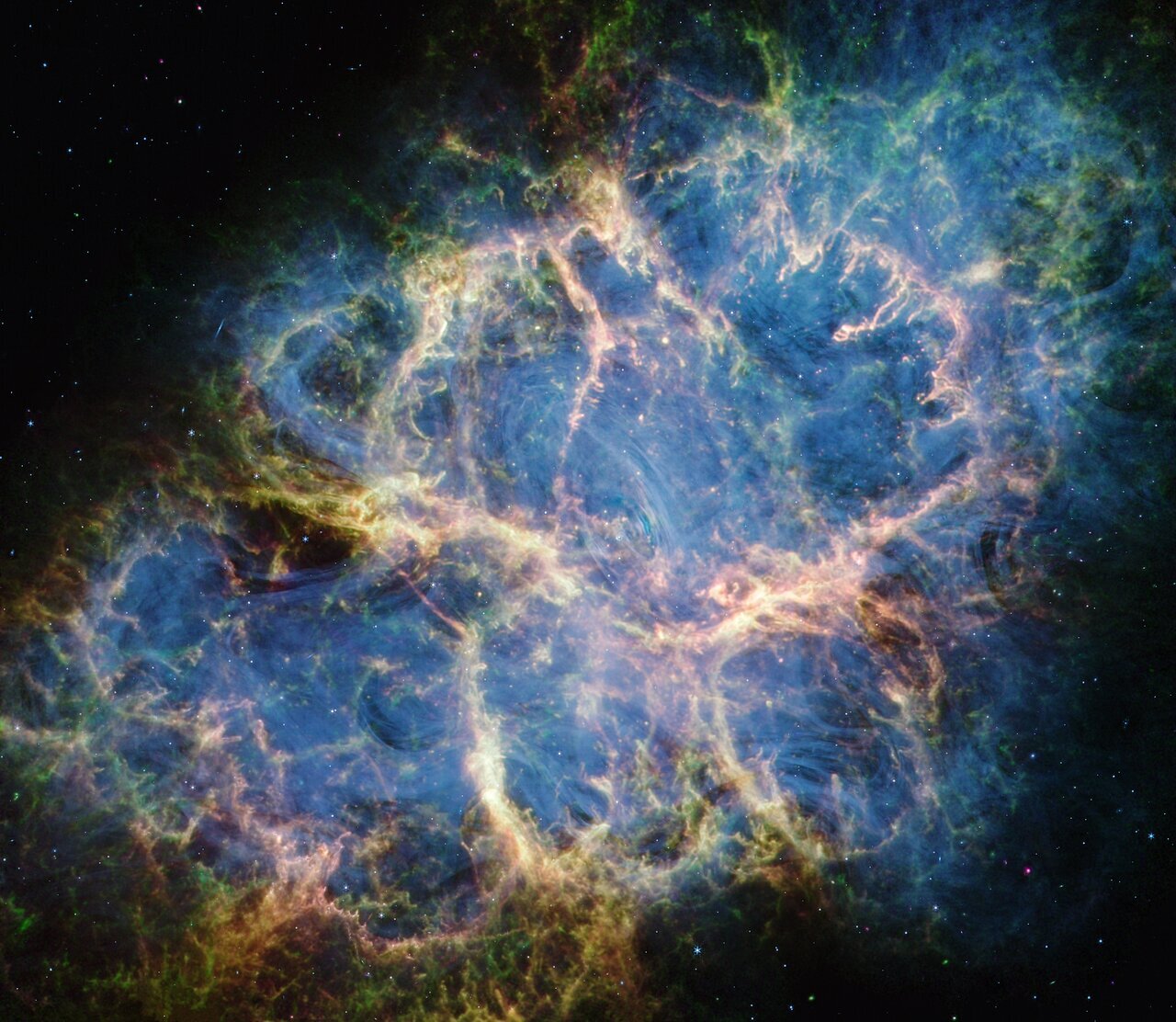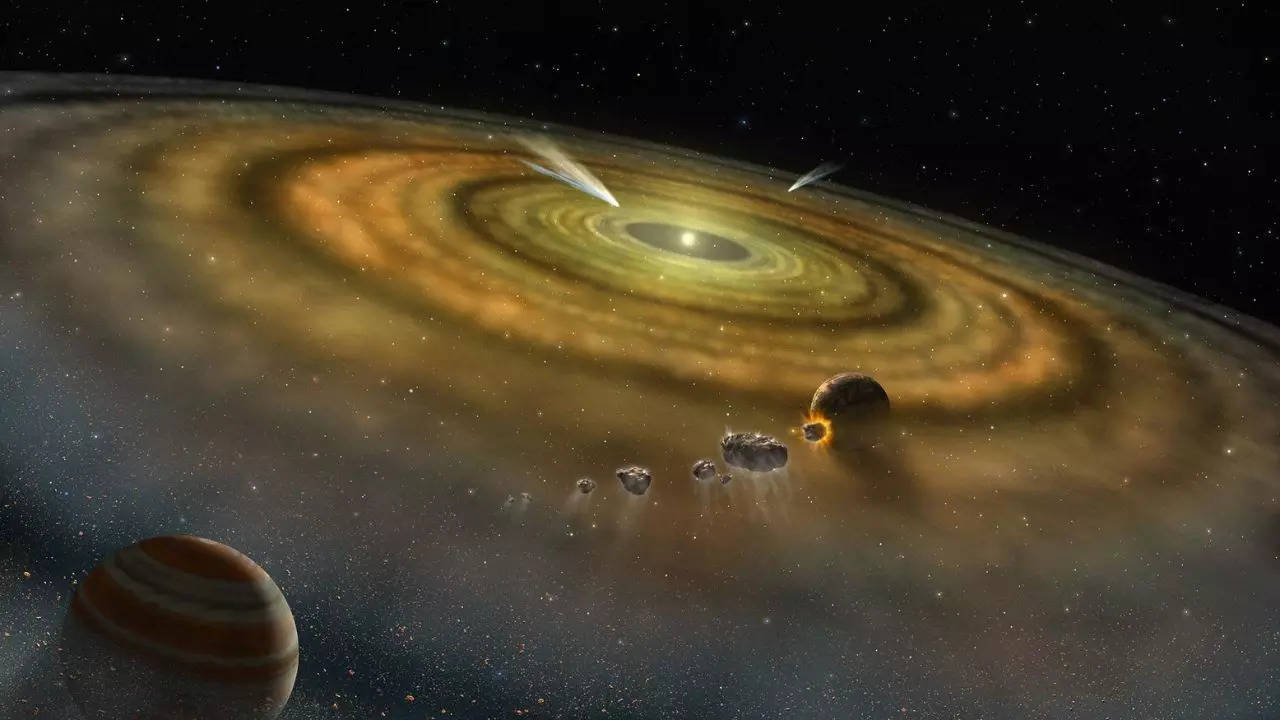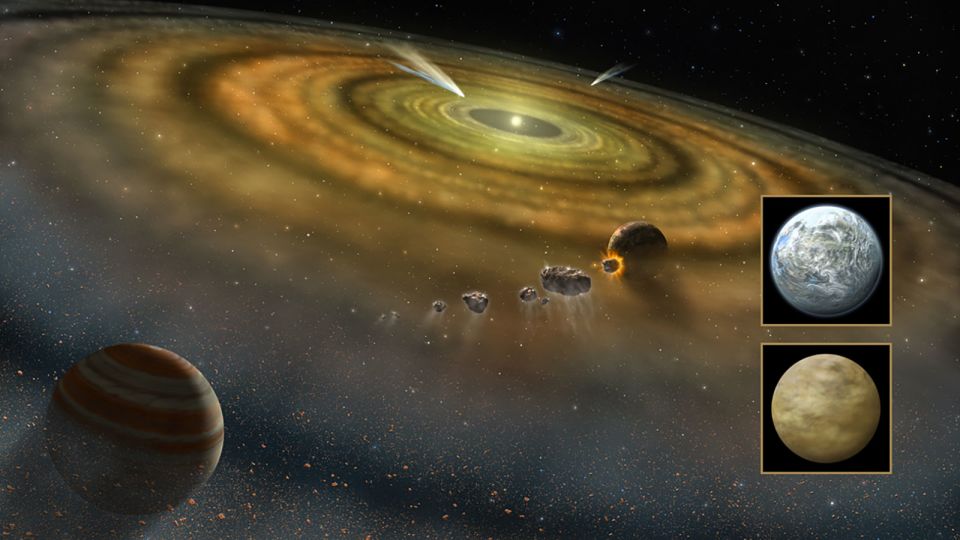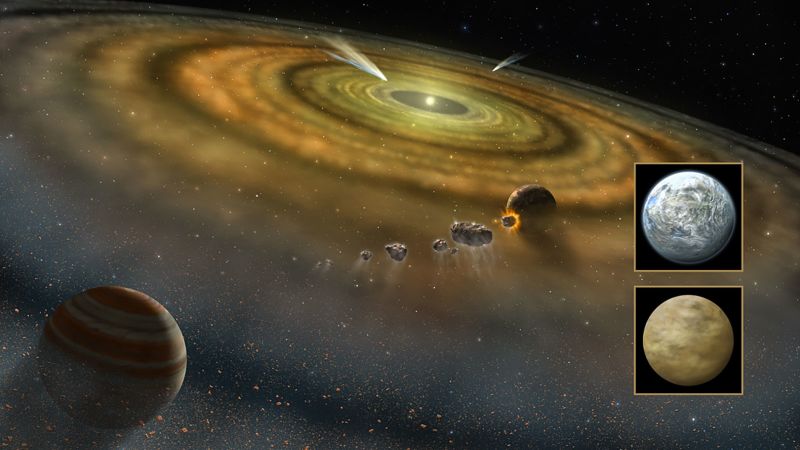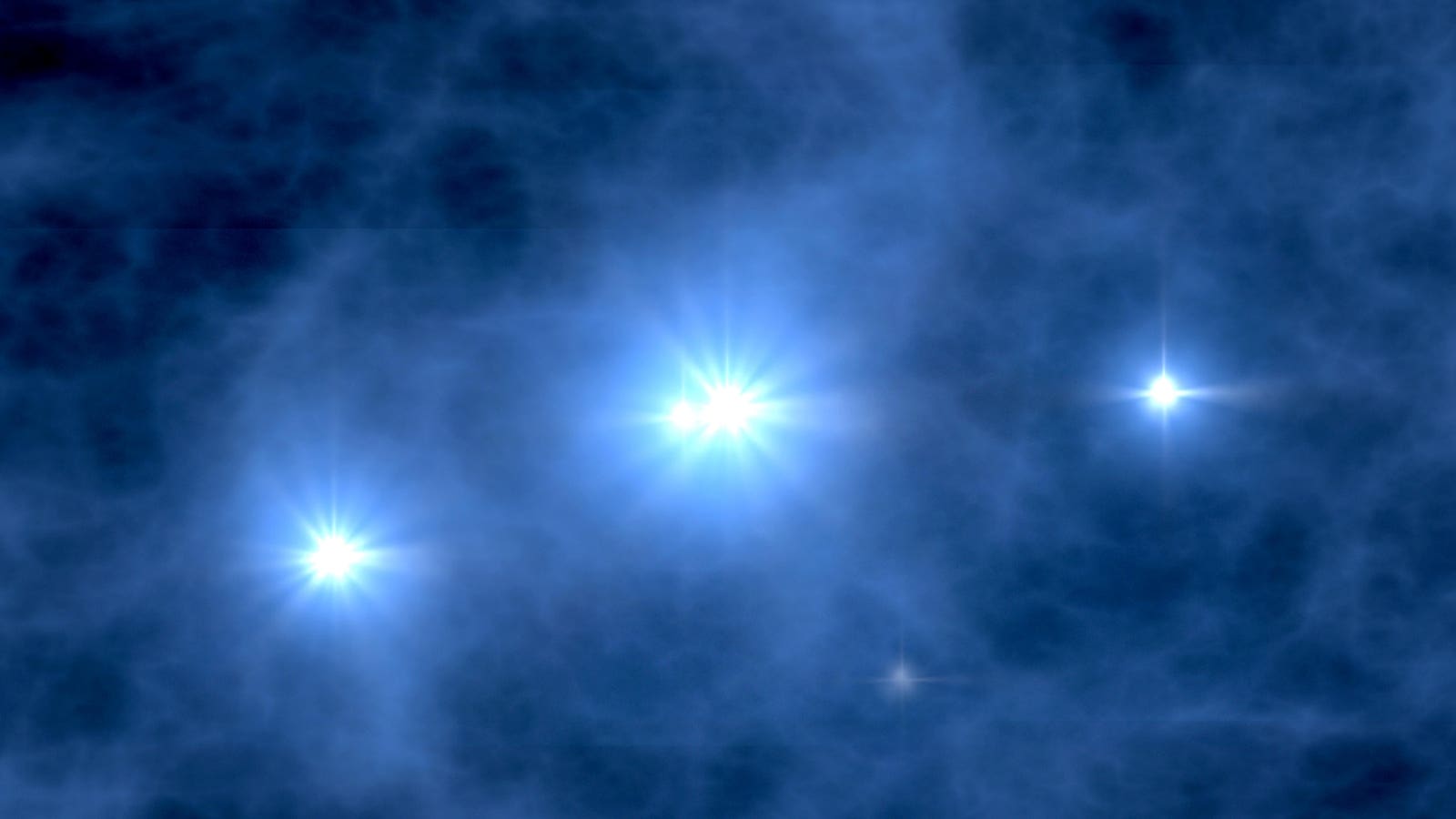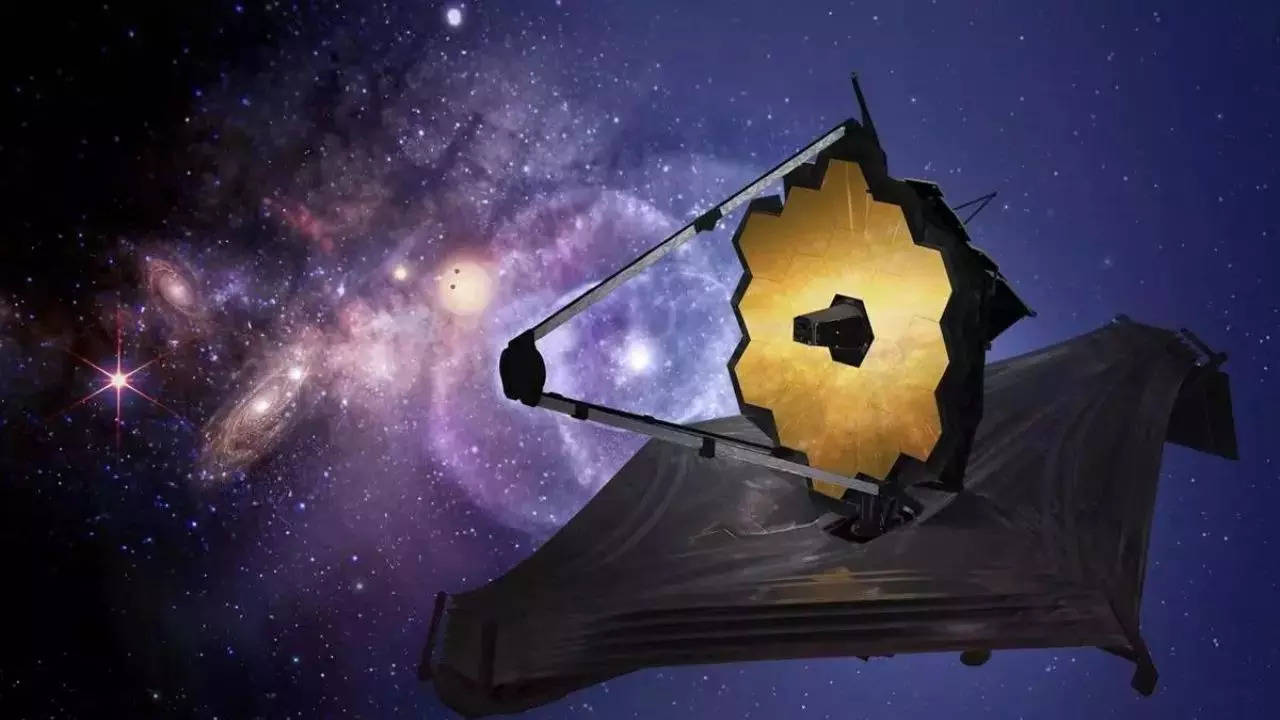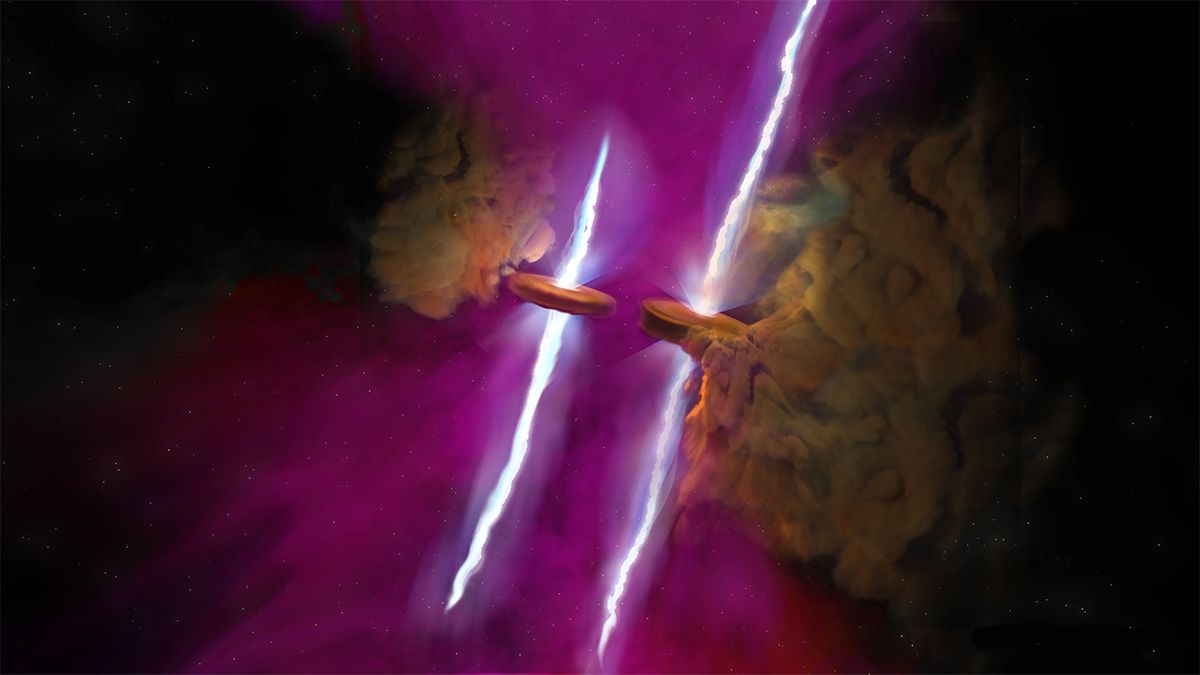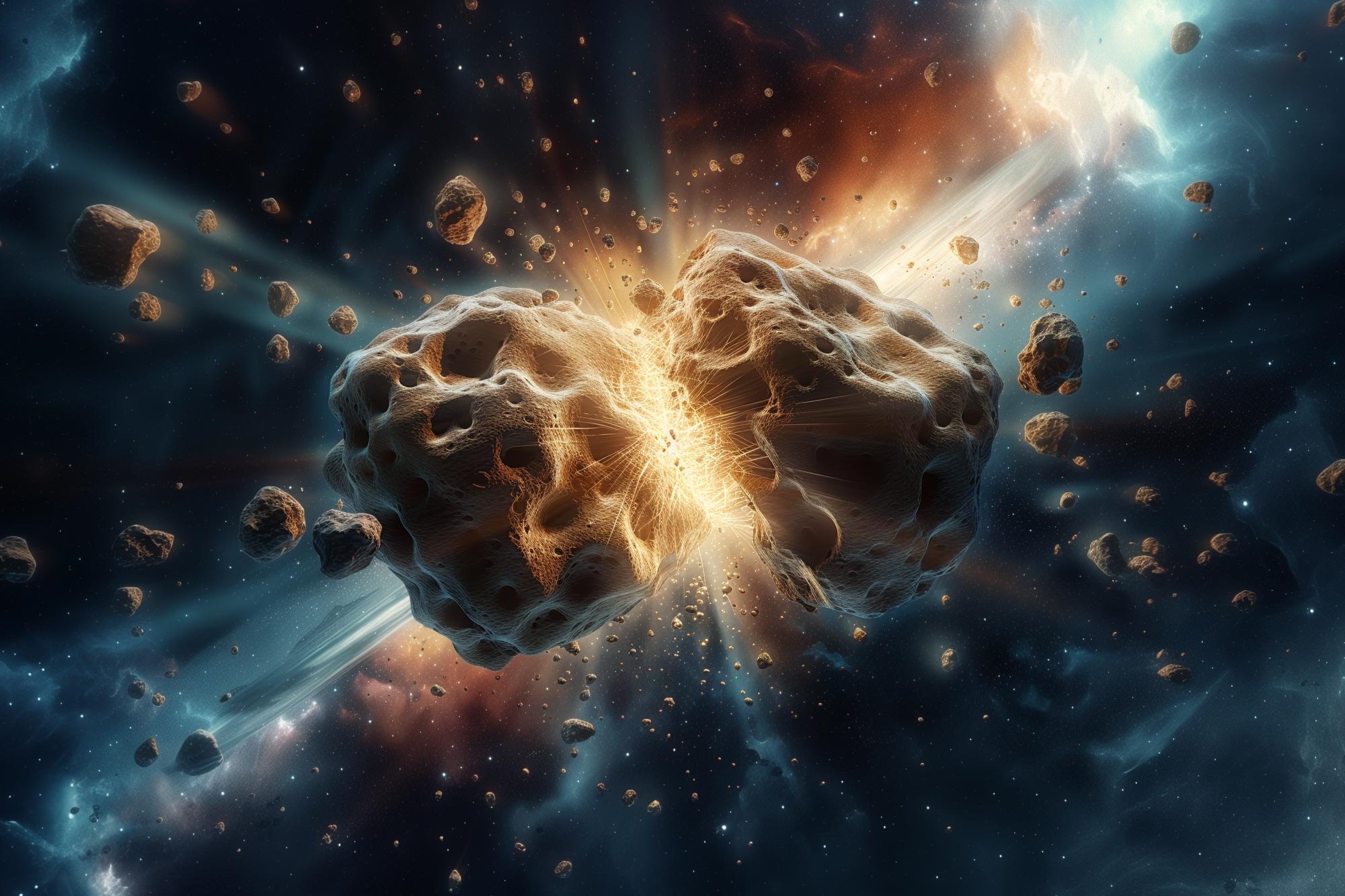Scientists investigate the origins of the Crab Nebula with the James Webb Space Telescope
Crab Nebula (MIRI and NIRCam image). Credit: ESA/Hubble Information Center A team of scientists used NASA/ESA/CSA’s James Webb Space Telescope to analyze the composition of the Crab Nebula, a supernova remnant located 6,500 light-years away in the constellation Taurus. Using the telescope’s MIRI (Mid-Infared Instrument) and NIRCam (Near-Infrared Camera), the team collected data that will … Read more
